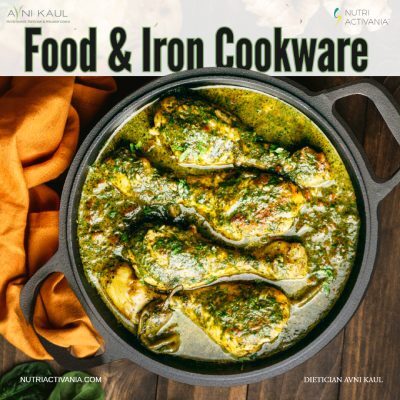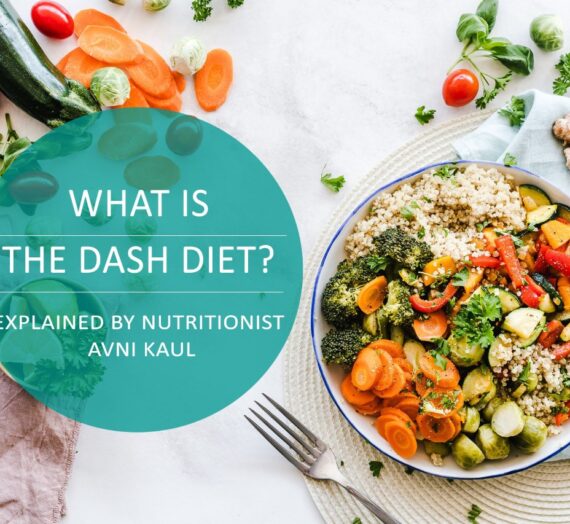Cooking in an iron kadhai (a traditional Indian cooking pot) can be a delightful experience. The iron material lends itself well to even heat distribution and excellent heat retention. To make the most of your iron kadhai, here are some essential cooking tips as shared by Delhi’s leading dietician, Avni Kaul, in this blog.

Season the kadhai
Adequately seasoning the iron kadhai is key to creating a non-stick surface and protecting it from rust. Before using a new kadhai or if the seasoning needs refreshing, wash the kadhai with mild soap, rinse, and dry it thoroughly. Apply a thin layer of vegetable oil or ghee to the cooking surface and heat the kadhai over medium heat until it starts smoking. Allow it to cool, and repeat this process a few times to develop a good seasoning layer.
Preheat the kadhai
Preheating the kadhai before adding ingredients is essential for even cooking and preventing food from sticking. Heat the kadhai over medium heat for a few minutes before adding oil or ghee.
Moderate heat is important
Iron kadhai retains heat remarkably well, so it is advisable to cook using medium to medium-low heat. Using high heat could result in burnt or stuck food, as the kadhai gets very hot.
Add oil or fat
To prevent sticking, add a proper amount of oil, ghee, or any other cooking fat to the preheated kadhai before adding the ingredients. The oil helps create a non-stick surface and imparts flavour to the dish.
Consistent stirring
While cooking in an iron kadhai, it is essential to stir the ingredients regularly. This promotes even cooking and stops them from sticking to the bottom of the kadhai.
Avoid prolonged cooking of highly acidic foods
Iron kadhai could react with highly acidic foods like tomatoes or tamarind, which will affect the taste and colour of the dish. If you are using acidic ingredients, it is best to avoid prolonged cooking or consider using an enamelled cast iron kadhai, which is less reactive.
Go for non-metal utensils
To avoid scratching the seasoning or enamel (if using an enamelled cast iron kadhai), it is advised to use wooden, silicone, or other non-metal utensils when cooking in the kadhai.
Proper cleaning and drying
Post-cooking, clean the kadhai using warm water and a soft brush or sponge. Avoid using harsh detergents or abrasive scrubbers, as they can damage the seasoning or the enamel. Once clean, dry the kadhai thoroughly to prevent rusting.
Appropriate storage
To prevent rust, it is essential to store the kadhai in a dry place. If there is any residual moisture, consider keeping a paper towel or cloth inside the kadhai to absorb it.
These tips will help you make the most of your iron kadhai and enjoy the benefits it offers in terms of heat distribution and retention, as well as the development of a natural non-stick surface.
Foods Not to Cook in an Iron Kadhai:
While iron kadhai is versatile and suitable for many cooking tasks, there are specific foods that are not recommended to be cooked in it. Here are a few examples:
Highly acidic foods
Iron reacts with acidic foods, like tomatoes, citrus fruits, or vinegar-based marinades. The acid could cause the iron to leach into the food, resulting in a metallic taste and discolouration. If you want to cook acidic dishes, it is best to opt for an enamelled cast iron kadhai, as the enamel coating provides a protective layer.
Delicate fish or seafood
Delicate fish or seafood can easily stick to the surface of an iron kadhai, particularly if it is not adequately seasoned.




